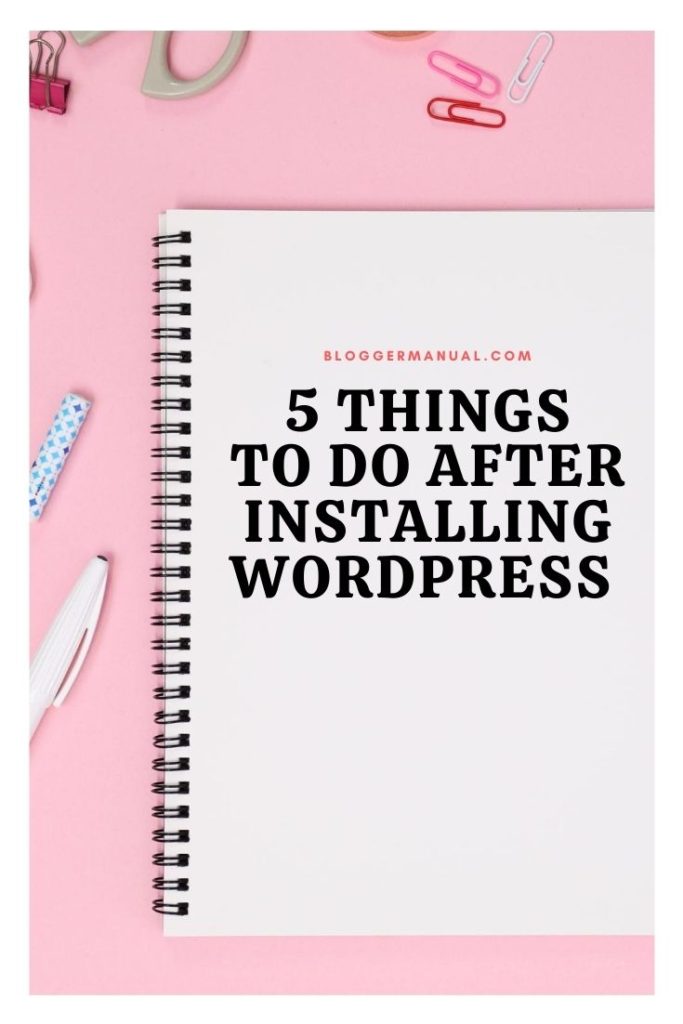WordPress is easy to install and start blogging. You simply need a domain with web hosting and a few minutes to create your own blog.
Once you have installed a new WordPress blog, there are a few things that need to be fixed immediately.
WordPress comes with some default settings. If you leave a new WordPress blog unattended, the website stays in its factory condition, with some loose ends and without any custom identity.

1) Change the website tagline
By default fresh WordPress installations have the tagline set as “Just Another WordPress Blog”. Change it to something more meaningful. You can find the setting in the Settings > General page, or visit the customizer at Appearance > Customize.
2) Delete the dummy post and page
With the dummy content, your website doesn’t look great. Simply delete the post and page. A comment is also part of the dummy content, but it is automatically deleted when you delete its post.
3) Set up the correct permalink
Immediately change the permalink to the correct setting. Any wrong setting and you might have some unwanted links being indexed by Google.
4) Choosing the correct site URL
Make sure that your site is using the URL that you actually want. For instance, choose between the www and non-www version. Also, whether your site is on https or without SSL.
To change the website URL, go to the Settings > General page. Change both the WordPress Address (URL) and the Site Address (URL) to the desired version. Make sure to type the same URL and correctly. If you set incorrect URL, you will break the site, and will have to fix it by changing the database.
5) Modify the settings correctly
With a fresh WordPress, you need to check all the settings options. Set the correct date & time format, and use the right time zone based on your location. You should also explore all other WordPress settings as soon as possible.
Fresh WordPress blogs must be set up immediately, including correct settings. Any delay means your website may get indexed by search engines in raw condition.
Of course, you need to customize your website with a suitable theme (design), and add the plugins for SEO, contact form, XML sitemap and other functionalities.
